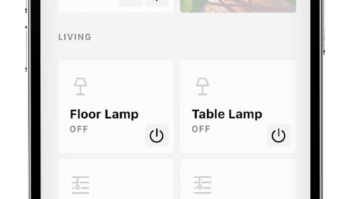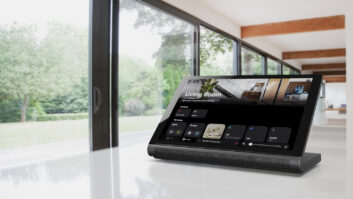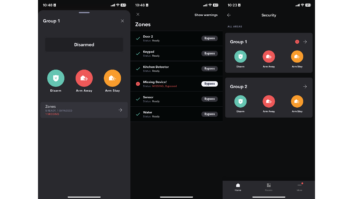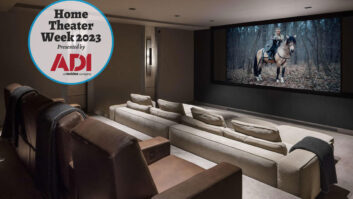My wife and I went to meet a new neighbor who didn’t know that I am a custom integrator. He couldn’t stop raving about his new wireless audio system and universal remote, both of which he bought at a big box store. I struggled with it, but I kept my mouth shut.
We’ve all been there. A customer calls us to do an estimate and when we get there, they start talking about consumer-grade, DIY systems that they’ve heard about or used in their summer vacation home. You know that the custom solution is better, but they already have a picture in their head. So how do you convince them that what you sell is right for them, often when what you’ll be recommending is more expensive?
I always make sure to start with the current situation, their lifestyle, and how they will use the system. If it is a retrofit project, some of the consumer-grade audio solutions can work well; if it’s wireless and doesn’t require running new wires or patching and painting. However if it is a renovation or new construction, I then start with the reliability discussion.
Does the client want to have the reliability of hardwired keypads that will always be on and always be where they’re supposed to be (unlike an iPod Touch stuck between the cushions of the couch or in the hands of a four year old). Do they want it more integrated into the rest of their system, so that it is a seamless experience and they don’t need a different remote for their audio system and video system?
Finally, what’s the quality of their home’s wireless spectrum? Open the Wi-Fi sniffer on your phone and see how many competing networks there are. Will that impact performance, create lags and buffering? When it comes to cost, once you get up to five or six zones, it is often price competitive to go with a wired, custom solution that provides more power per channel and allows for future expandability.
On the control side of things, the price argument is harder to make. The most popular DIY remote control out there is sold at retail cheaper than many of us can buy it directly or through distribution, and at a much lower price point than the custom solutions. My approach is to explain that current consumer-grade solutions just are not reliable; they’re slower, their RF range is worse, there is no specific IR port routing, and customization of the controls isn’t as robust because many commands are pre-populated by a wizard and can’t be changed. In fact, I recently had a client who chose to go this route and do it on their own, only to call me a few weeks later because they couldn’t get their receiver to stay on when switching to Zone 2 inputs. I then had the opportunity to replace those controls with a more robust custom solution that I was able to charge full price for because the client now understood my value proposition.
It can be difficult at times to get do-it-yourselfers to see the benefits of a custom-integrated system, especially with the difference in price. We have to be extremely knowledgeable of the pros and cons of both, so we can easily overcome their objections.
My wife and I have dinner planned this weekend at our place with our new neighbors. I can’t wait to see how he reacts to the system I’ve installed in our new home.
Todd Anthony Puma is president of The Source Home Theater Installation in New York City.







